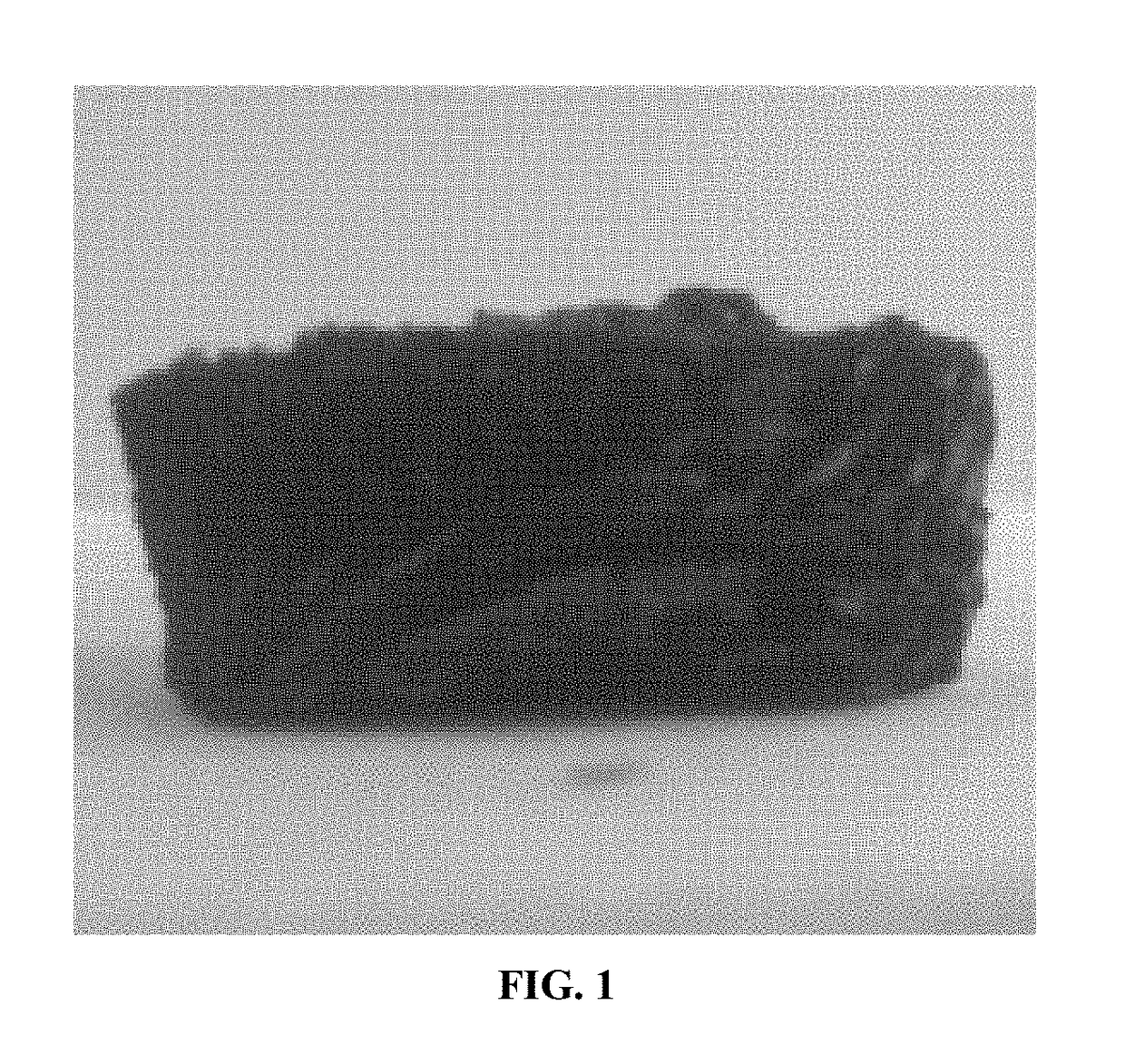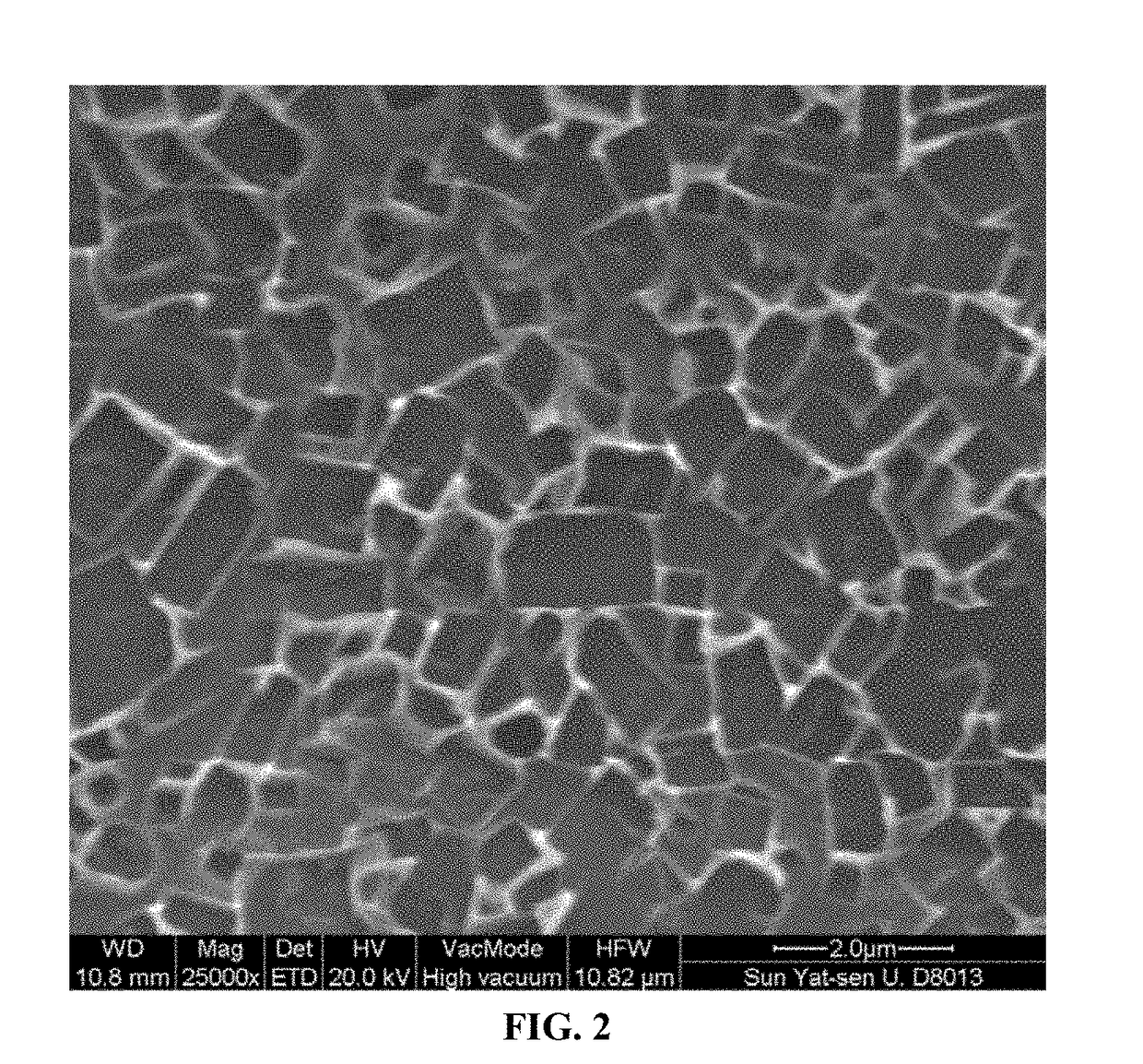High-strength network structured nano-carrier material and preparation method and application thereof
a network structure, nano-carrier technology, applied in the field of nanomaterials, can solve the problems of affecting the large-scale production and application of organic carbon aerogels in practice, complicated synthesis process, toxic and expensive precursors of carbon aerogels, etc., and achieves simple and convenient operation, good load effect, and high mechanical strength.
- Summary
- Abstract
- Description
- Claims
- Application Information
AI Technical Summary
Benefits of technology
Problems solved by technology
Method used
Image
Examples
example 1
[0038]This example is for preparing the high-strength network structured nano-carrier material of the present invention. The specific preparation steps of the high-strength network structured nano-carrier material are as follows:
[0039]The first step: adding a wood cellulose powder into concentrated sulfuric acid with a mass fraction of 48% at a solid-to-liquid ratio of 1:20, and stirring in a water bath at 45° C. for 2 h so as to hydrolyze the cellulose, then adjusting the pH value to 6-7 with ultrapure water, and obtaining a uniformly dispersed nano-cellulose solution by high-pressure homogenization treatment for 15-25 cycles.
[0040]The second step: mixing the nano-cellulose solution obtained in the first step with graphene at the mass ratio of the cellulose to graphene of 1:1, and then performing ultrasonication in an ultrasonic pulverizer for 3 min to obtain a uniformly mixed nano-cellulose / graphene suspension.
[0041]The third step: mixing the nano-cellulose / graphene suspension obt...
example 2
[0046]An example of a preparation method of a high-strength network structured nano-carrier material of the present invention. The specific preparation steps of the high-strength network structured nano-carrier material are as follows:
[0047]The first step: adding a wood cellulose powder into concentrated sulfuric acid with a mass fraction of 48% at a solid-to-liquid ratio of 1:20, and stirring in a water bath at 45° C. for 2 hours so as to hydrolyze the cellulose, then adjusting the pH value to 6-7 with ultrapure water, and obtaining a uniformly dispersed nano-cellulose solution by high-pressure homogenization treatment for 15-25 cycles.
[0048]The second step: mixing the nano-cellulose solution obtained in the first step with graphene at the mass ratio of the cellulose to graphene of 5:1, and then performing ultrasonication in an ultrasonic pulverizer for 5 min to obtain a uniformly mixed nano-cellulose / graphene suspension.
[0049]The third step: mixing the nano-cellulose / graphene susp...
example 3
[0054]An example of a preparation method of a high-strength network structured nano-carrier material of the present invention. The specific preparation steps of the high-strength network structured nano-carrier material are as follows:
[0055]The first step: adding a wood cellulose powder into concentrated sulfuric acid with a mass fraction of 48% at a solid-to-liquid ratio of 1:20, and stirring in a water bath at 45° C. for 2 hours so as to hydrolyze the cellulose, then adjusting the pH value to 6-7 with ultrapure water, and obtaining a uniformly dispersed nano-cellulose solution by high-pressure homogenization treatment for 15-25 cycles.
[0056]The second step: mixing the nano-cellulose solution obtained in the first step with graphene at the mass ratio of the cellulose to graphene of 10:1, and then performing ultrasonication in an ultrasonic pulverizer for 10 min to obtain a uniformly mixed nano-cellulose / graphene suspension.
[0057]The third step: mixing the nano-cellulose / graphene su...
PUM
| Property | Measurement | Unit |
|---|---|---|
| Temperature | aaaaa | aaaaa |
| Temperature | aaaaa | aaaaa |
| Temperature | aaaaa | aaaaa |
Abstract
Description
Claims
Application Information
 Login to View More
Login to View More - R&D
- Intellectual Property
- Life Sciences
- Materials
- Tech Scout
- Unparalleled Data Quality
- Higher Quality Content
- 60% Fewer Hallucinations
Browse by: Latest US Patents, China's latest patents, Technical Efficacy Thesaurus, Application Domain, Technology Topic, Popular Technical Reports.
© 2025 PatSnap. All rights reserved.Legal|Privacy policy|Modern Slavery Act Transparency Statement|Sitemap|About US| Contact US: help@patsnap.com



